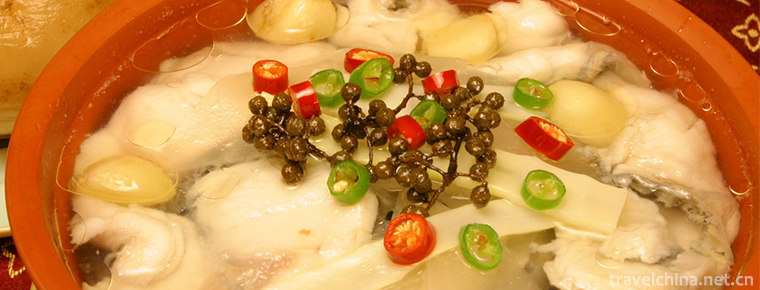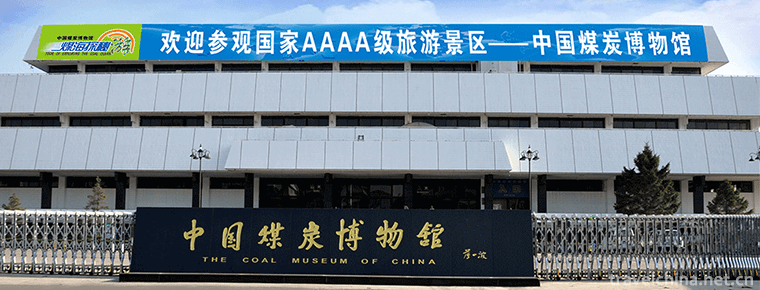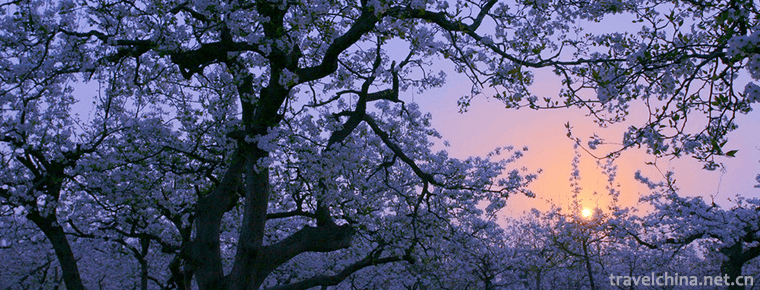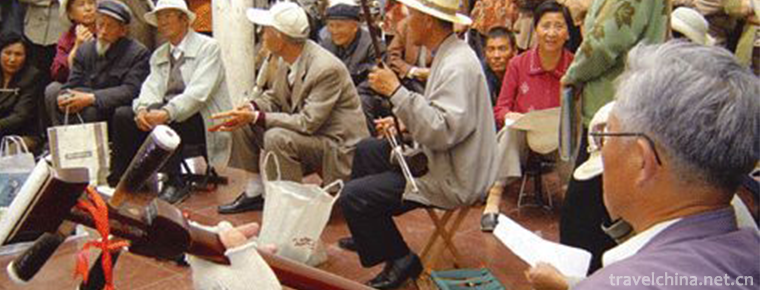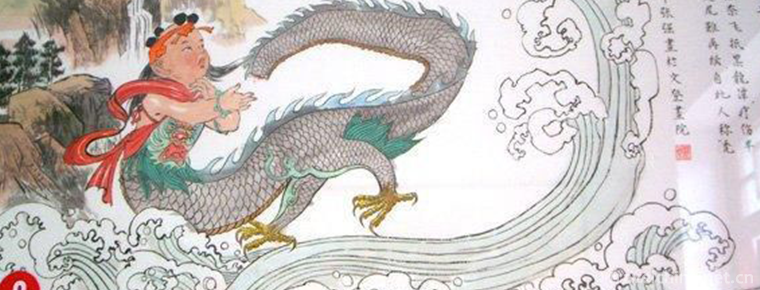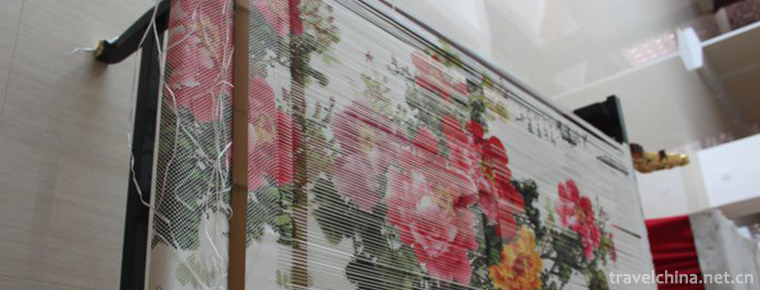Ceramic Firing Techniques of Dengfeng Kiln
Ceramic Firing Techniques of Dengfeng Kiln
Dengfeng kiln ceramics firing technology is a National Intangible Cultural Heritage Representative project. Historical records began in the Tang Dynasty and flourished in the Song Dynasty. It is well documented in the historical materials of Yuanfeng Jiuyu Zhi, Porcelain History, Supplementary Ancient and Modern Porcelain Origin, Ming Dynasty Henan Tongzhi, Qing Dynasty Taoshuo and Chinese Ceramics. The "Shenqian" of Dengfeng Kiln is connected with the mountain and water of Jun Porcelain, and its firing techniques reflect each other. Its products are in the shape of bowls, plates, bottles, pots, pots, pots, cupholders, cups, pillows, elephant animals and terracotta maids. The process of firing technology includes selection of raw materials, glaze processing, mud drilling, shaping, cosmetics, decoration, glazing, installation and firing, etc. The whole process of wet billet operation, one firing. The firing technique is characterized by distinct features, small or large shapes, with white porcelain as the main part and Pearl floral marking as the typical representative; the glaze is white, pure and bright; the decorative techniques are various, including traditional techniques such as delineation, delineation, mosaic and soft strokes. The finished product has a strong stereoscopic sense, and has important values of history, folklore, art, aesthetics, economy and so on.
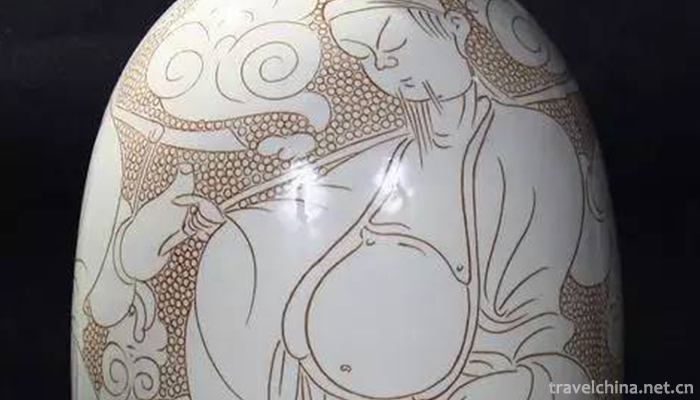

Ceramic Firing Techniques of Dengfeng Kiln
-
Fish in sour soup
Sour soup fish is a traditional dish of Miao nationality in Guizhou. According to textual research, this dish originated from the Yashuang area of Leidong Town, Liping County
Views: 276 Time 2018-11-05 -
China Coal Museum
The China Coal Museum is located at the intersection of Yingze Street and Jinci Road in Taiyuan City. It was completed and opened on September 30, 1989
Views: 215 Time 2018-12-22 -
Tianjin Dule Temple
Dule Temple, also known as the Great Buddha Temple, is located in Jizhou District, Tianjin, China. It is one of the three remaining temples of Liao Dynasty in China and one of the famous ancient build
Views: 297 Time 2019-01-08 -
Zhalantun Scenic Area
Zhalantun Scenic Area is located in Hulunbuir City, Inner Mongolia, including Zhalantun City and the Greater Hinggan Mountains in the northwest. The mountains are dense with pine and birch
Views: 167 Time 2019-01-25 -
Xia Jin Old Yellow River Forest Park
The forest park scenic spot of the old Yellow River in Xiajin is the ruins of the old Yellow River. It is a national AAAA-level scenic spot. It is located in Xiajin County, Shandong Province
Views: 407 Time 2019-02-25 -
Ping Zhou He Zhou
Hezhou Pingxian was known as Pingdiao and Rhythm in ancient times, and it was also called Linxia Pingxian after 1949. Its main musical instrument is three strings.
Views: 267 Time 2019-05-03 -
Legend of bald tailed Lao Li
Folk legends of bald-tailed Lao Li are widely circulated in Shandong Province, and similar written records are found in Yuan Mei's Zi Yu of the Qing Dynasty: "Bi Shifu, Wendeng County, Shandong P
Views: 148 Time 2019-06-23 -
Yongchun Paper Weaving Painting
"Yongchun County Chronicle" records: "In the early Tang Dynasty, Yongchun had the production of paper-woven paintings. Yongchun paper weaving painting features: interwoven paper marks,
Views: 189 Time 2019-07-14 -
Zhenba Folk Song
Zhenba folk song is a huge cultural wealth created and accumulated by Zhenba people for thousands of years, and it is an important component of Zhenba regional culture. Zhenba folk songs are very rich
Views: 194 Time 2019-07-25 -
Yuxian Temple
Yuxian temple was built in Tongzhi period of Qing Dynasty. There is a beautiful folklore about the name of Yuxian temple. It is said that in ancient times, a man went to Mount Emei to seek immortality.
Views: 271 Time 2020-10-15 -
Leshan specialty food
Leshan bean curd is one of the special snacks in Leshan, Sichuan Province. The bean curd has deep red pepper and green coriander or celery.
Views: 99 Time 2020-12-17 -
Administrative division of Yibin
Yibin City has 10 county-level administrative divisions (Municipal District 3, county 7), 136 township level administrative divisions (street 14, town 105, township 17). It covers an area of 13271 square kilometers and has a population of 5.52 million. Yibin Municipal
Views: 337 Time 2020-12-18
